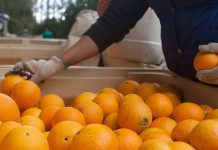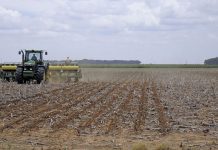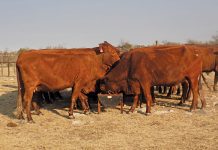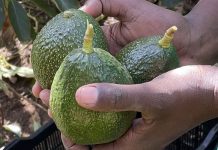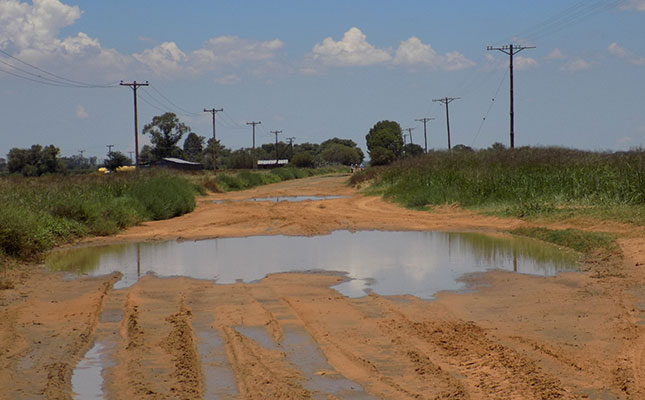
In addition, temperatures are anticipated to be warmer than usual countrywide. This is according to Cobus Olivier, Weather SA’s prediction scientist.
“However, even though wetter conditions are expected throughout the autumn season, rainfall tends to dramatically decrease over the north-eastern parts of the country during autumn,” he said in a statement.
Many regions in the central and western parts of the country had received below-normal rainfall this season, despite the good rains since January 2017 in the rest of the summer rainfall area, he added.
Water should consequently be used sparingly and water users needed to put water-saving measures in place. Significant water loss could be expected, given the normal decline in rainfall towards winter, coupled with increased evaporation, particularly over the summer rainfall areas.
Observations showed that ENSO (El Niño Southern Oscillation) had moved into a neutral phase from the previous weak La Niña state. Upper-air wind patterns also indicated that the usual La Niña state influence was marginal.
The Indian Ocean Dipole (IOD) was still in a neutral phase and this was expected to persist for the coming seasons. The Southern Annular Mode (SAM) had been tending towards a negative phase since November 2017.
This and the weakening of the polar vortex were usually associated with colder, wetter conditions over the winter rainfall region of South Africa, Olivier said.

